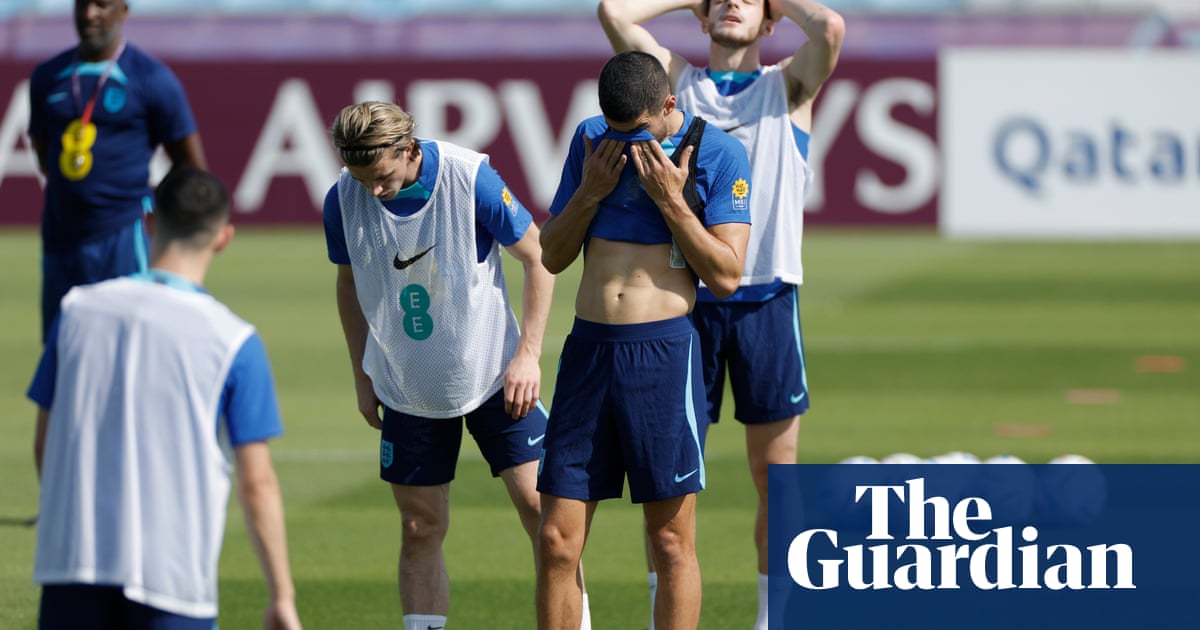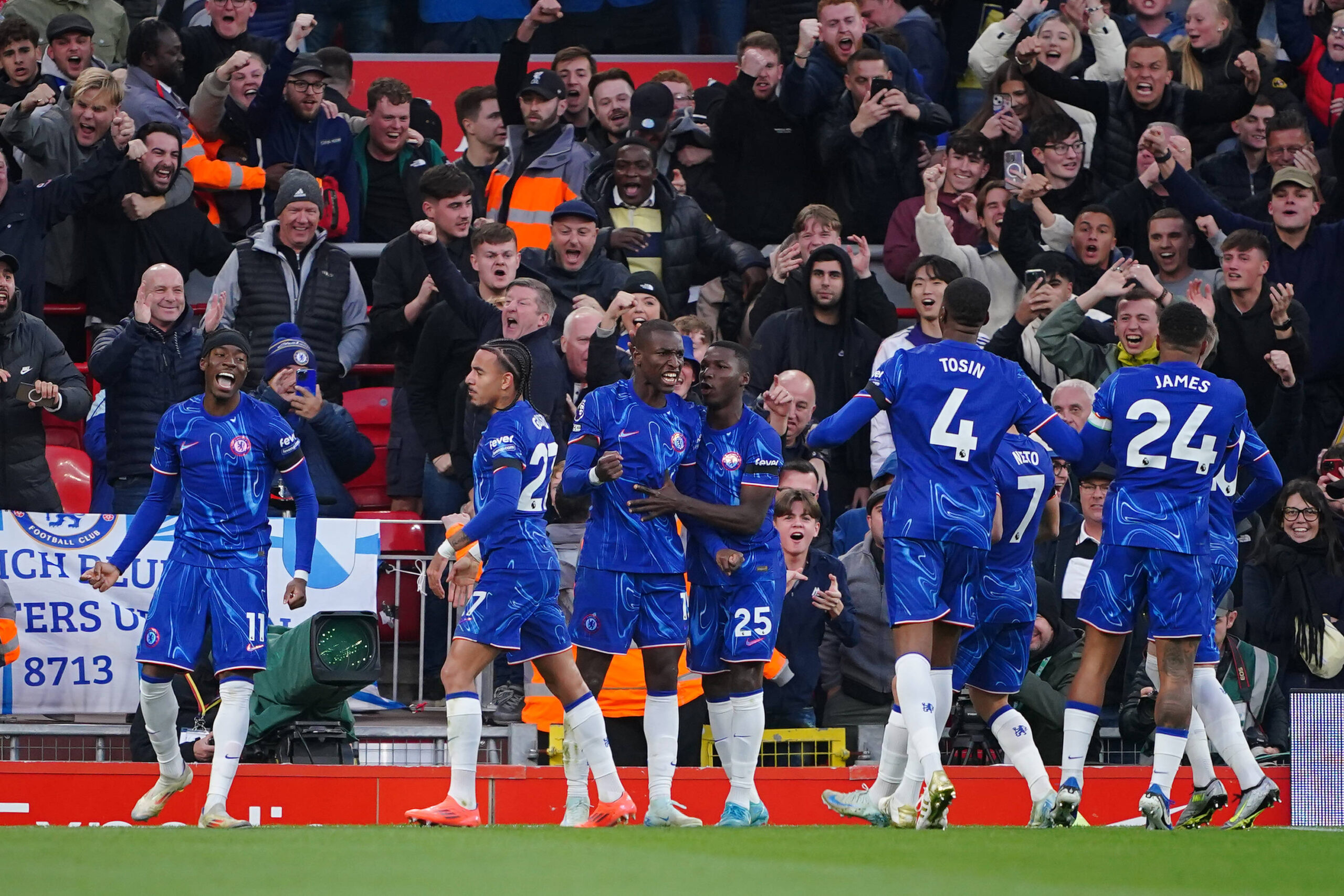Footballers at ‘very high risk of extreme heat stress’ during World Cup 2026

Footballers face a “very high risk of experiencing extreme heat stress” at 10 of the 16 stadiums that will host the next World Cup, researchers have warned, as they urge sports authorities to rethink the timing of sports events.Hot weather and heavy exercise could force footballers to endure scorching temperatures that feel higher than 49.5C (121.1F) when they play in three North American countries in summer 2026, according to the study. It found they are most at risk of “unacceptable thermal stress” in the stadiums in Arlington and Houston, in the US, and in Monterrey, in Mexico.The co-author Marek Konefał, from Wrocław University of Health and Sport Sciences in Poland, said World Cups would increasingly be played in conditions of strong heat stress as the climate got hotter. “It is worth rethinking the calendar of sporting events now.”Football’s governing body, Fifa, recommends matches include cooling breaks if the “wet bulb” temperature exceeds 32C. But scientists are concerned that the metric underestimates the stress athletes experience on the pitch because it considers only external heat and humidity.“During intense physical activity, huge amounts of heat is produced by the work of the player’s muscles,” said Katarzyna Lindner-Cendrowska, a climate scientist at the Polish Academy of Sciences and lead author of the study. “[This] will increase the overall heat load on the athlete’s body.”To overcome this, the researchers simulated temperatures that account for the players’ speed and activity levels, as well as their clothing. They were only partly able to include the effects of exercise in the heat index.The highest “work rate” that can be integrated into the heat index is roughly half that sustained by professional players during a competitive football match, said Julien Périard, the deputy director of the University of Canberra Research Institute for Sport and Exercise, who was not involved in the study. “Although the approach used in the study is a step forward, the results likely underestimate the risk of experiencing extreme heat stress conditions.”The scientists found the greatest stress would strike between 2pm and 5pm at all but one of the stadiums. In Arlington and Houston, temperatures would rise above 50C during the mid to late afternoon and place a “heavy burden on the body” that could lead to heat exhaustion and even heatstroke, they found.Heatwaves have grown hotter, longer and more common as fossil fuel pollution has warmed the Earth’s climate. The 2026 Fifa Men’s World Cup is sponsored by Saudi Aramco, the world’s biggest oil producer, and the 2034 World Cup may even be hosted by its owner, Saudi Arabia.Last year, a report by the Climate Social Science Network found Saudi Arabia had played an outsized role in undermining progress at climate negotiations. “The fossil fuel giant has a 30-year record of obstruction and delay, protecting its national oil and gas sector and seeking to ensure UN climate talks achieve as little as possible, as slowly as possible,” the authors wrote.Saudi Aramco and Fifa did not respond to requests for comment. In April, the president of Fifa, Gianni Infantino, said he was “delighted” to welcome Aramco to Fifa’s family of global partners.To keep people safe from heat scientists recommend cutting fossil fuel pollution and adapting to a hotter planet. The research did not model the effects of air-conditioning, which was used outdoors in the 2022 Men’s World Cup in Qatar to keep players cool.Périard, who has published research funded by Fifa on preventing heat stress, said the new study could help tournament organisers optimise the scheduling of matches but added that Fifa needed to “take action” on their current policy of using the wet bulb index to decide on cooling and hydration breaks.He called for a football-specific heat stress policy that accounted for factors such as sweat and included actions such as extending half-time breaks and postponing matches.Thessa Beck, a climate and health researcher at ISGlobal, who was not involved in the study, said it was also “essential” to keep fans safe. “Even though fans may not be as physically active as players, many are older adults, young children or individuals with pre-existing conditions.”












